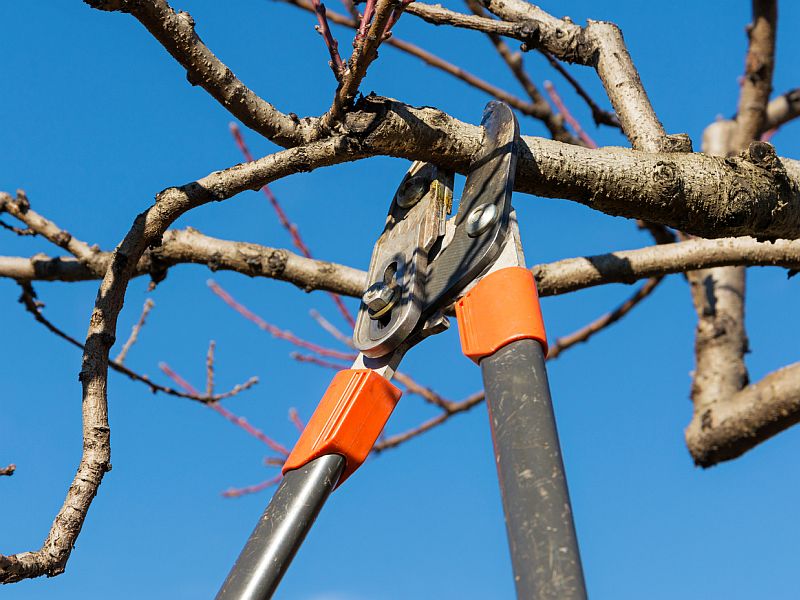

11 Ways to Stay Safe When Doing Risky Tree Work
For starters, always assume nearby power lines are energized and take precautionsSaturday, October 15, 2016

SATURDAY, Oct. 15, 2016 (HealthDay News) -- Trimming branches or removing dead trees is risky business if proper safety precautions are ignored, a U.S. agency warns.
Nearby power lines, bad weather and lack of experience with chain saws and other power tools are dangerous for those doing tree work, according to the U.S. Occupational Safety and Health Administration (OSHA).
These OSHA tips will help you avoid serious injuries:
- Always stay alert and assess the area before starting work. This includes determining how a tree is leaning and in which direction it is likely to fall.
- Assume power lines are live. Before starting any tree work, contact the local power company to ask about de-energizing and grounding or shielding nearby power lines. All work within 10 feet of a power line must be done by trained, experienced line-clearance tree trimmers.
- Don't work alone. A second tree trimmer should be close enough to hear and communicate with a normal voice.
- Be extra careful when moving ladders and equipment around downed trees and power lines.
- Never do tree work in dangerous weather conditions.
- Anyone using a chain saw or other equipment should be properly trained. The equipment should also be well maintained.
- Wear appropriate safety equipment, including gloves, safety glasses, hard hats and hearing protection.
- Test tree limbs for strength and stability before climbing. Use fall protection if you are working at heights.
- Never climb with tools in your hands.
- Make small cuts to release pressure in broken trees.
- Always stay alert as a tree falls. Never turn your back on a falling tree.
SOURCE: U.S. Occupational Safety and Health Administration.
HealthDay
Copyright (c) 2016 HealthDay. All rights reserved.
News stories are provided by HealthDay and do not reflect the views of MedlinePlus, the National Library of Medicine, the National Institutes of Health, the U.S. Department of Health and Human Services, or federal policy.
- More Health News on:
- Safety








































No hay comentarios:
Publicar un comentario